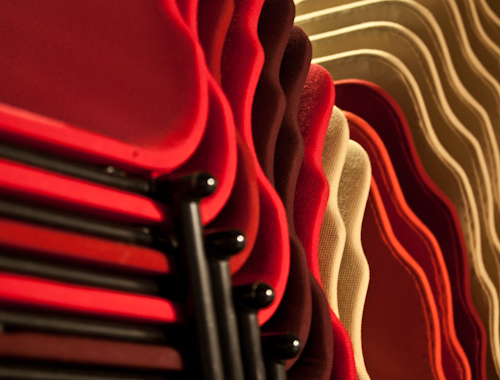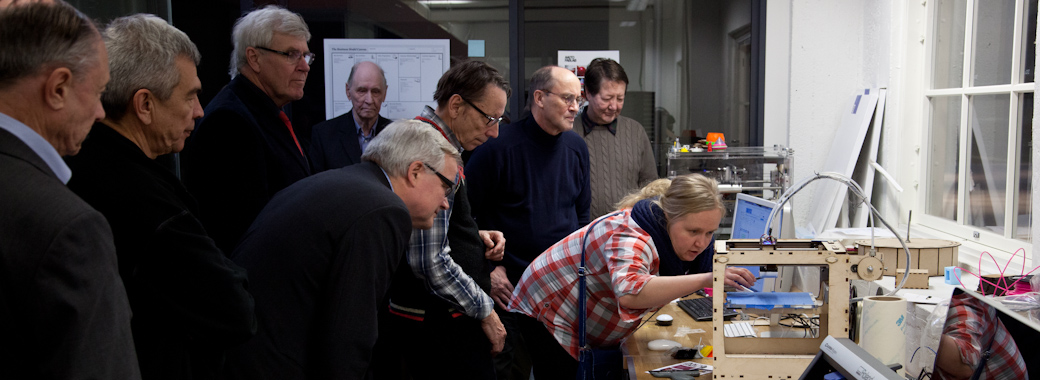Aalto Media Factory has been one of the main co-organizers of the Open
Knowledge Festival 2012, which took place in Helsinki last September, in
the Arabia Campus of the Aalto University.
The 2012 edition of Open Knowledge Festival was the first event of its kind to address open knowledge on such a large scale and its overwhelming success has marked a significant push forward for open knowledge movements both in Finland and abroad.
The Festival has been documented with over 355 hours of recorded video footage from seven simultaneous life stream recordings of OKFestival 2012 sessions, workshops, satellite events and receptions, and hundreds of Flickr photographs.
The After OKFest page contains many more links about videos, photos, press reviews, blog postings. Here you can see some pictures taken by Veikko Kähkönen.
The OKFest 2012 Final Report (pdf, 43 pages) has been published online here.
Here is some data about the OKFest:
Participants:
1054 registered participants from more than 50 countries
1200 OKFest satellite event participants
Representatives of 442 organisations: 68 universities and educational units, 74 government agencies or public sector institutions, 176 associations and foundations, 124 corporate or private sector employers
Programme:
134 sessions including 306 individual presentations
67 hours of hackathons and 61 hours of satellite events
Altogether 484 hours of programme designed by 100 Guest Programme Planners
Media:
200+ features in mainstream and indie media
12 572 live video stream views
17 951 tweets between 14 June and 1 October
OKFest 2012 was a great boost for the local open knowledge scene and we are right now preparing the OKF Finland Convention (8-9 Feb, http://fi.okfn.org/).
In 2013, the Open Knowledge Foundation will continue the legacy of this event by holding the next Open Knowledge Festival in Geneva with local organisers who produce popular annual LIFT events and the Open Knowledge Foundation Swiss chapter in Switzerland. The event will occur in mid-September 2013, and is already in its initial planning stages.
One of the many legacies of the OKFestival 2012 moment is The Open Book. The Open Book (currently in progress) is a multi-author publication, inspired by OKFestival 2012, which is intended to contextualise the international open knowledge movement in the words of those who are helping to build it today. The book will be published in February 2013 by the Finnish Institute in London in collaboration with the Open Knowledge Foundation in the “Reaktio” book series. More information can be found online here.
We hope to see many of you in Geneva at OKFest 2013, and remember that the city that will host OKFest 2014 can still be proposed!

